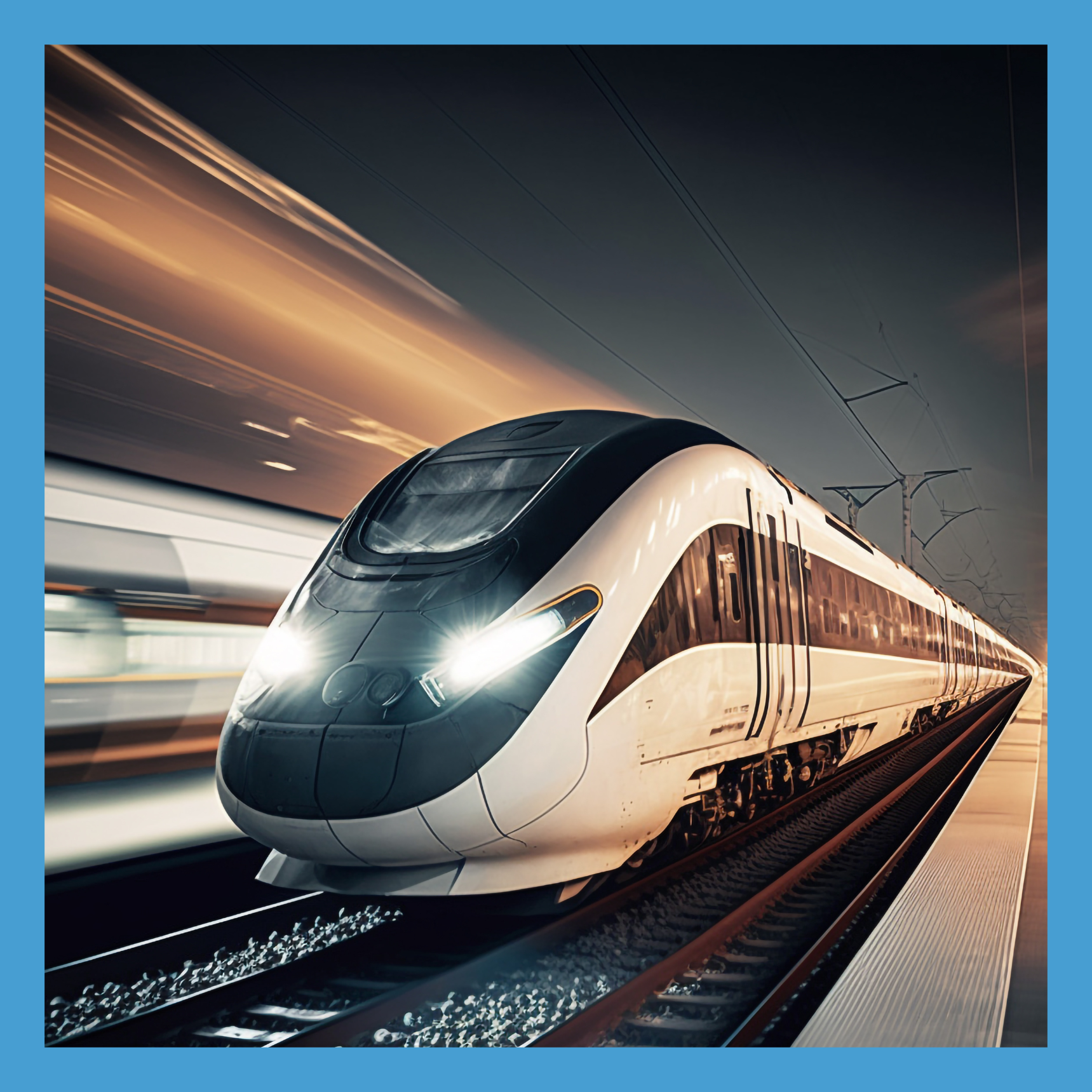The main components of a railway system encompass a well-coordinated interplay of various elements:
- Tracks: Form the pathways that guide trains on their journeys, connecting diverse destinations.
- Trains: Serve various purposes, from luxurious passenger trains to heavy freight trains.
- Locomotives: Powerful engines that propel trains and cargo with speed and precision.
- Supporting Infrastructure: Stations, yards, and maintenance facilities.
Railways accommodate both passenger and freight transportation needs. Their efficiency and low environmental impact make them ideal for long-distance travel, aligning with sustainability goals.
Railways have played a pivotal role in the growth of economies and societies, bridging gaps and fostering connections between regions. As technology advances, railways evolve, integrating modern innovations for safety, speed, and comfort.
Railways stand as a testament to human ingenuity and progress, leaving an indelible mark on transportation. In an interconnected world, railways continue to shape the way we move, connect, and thrive.


